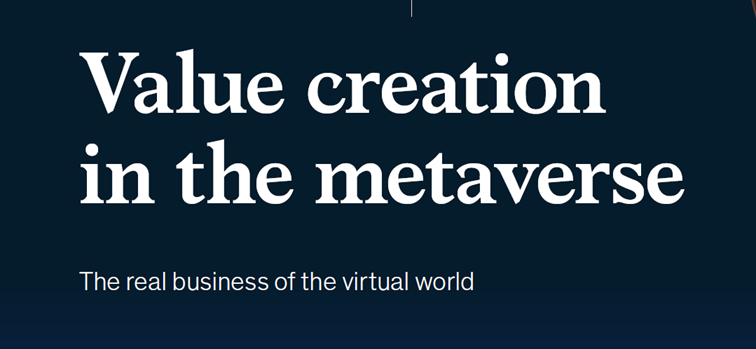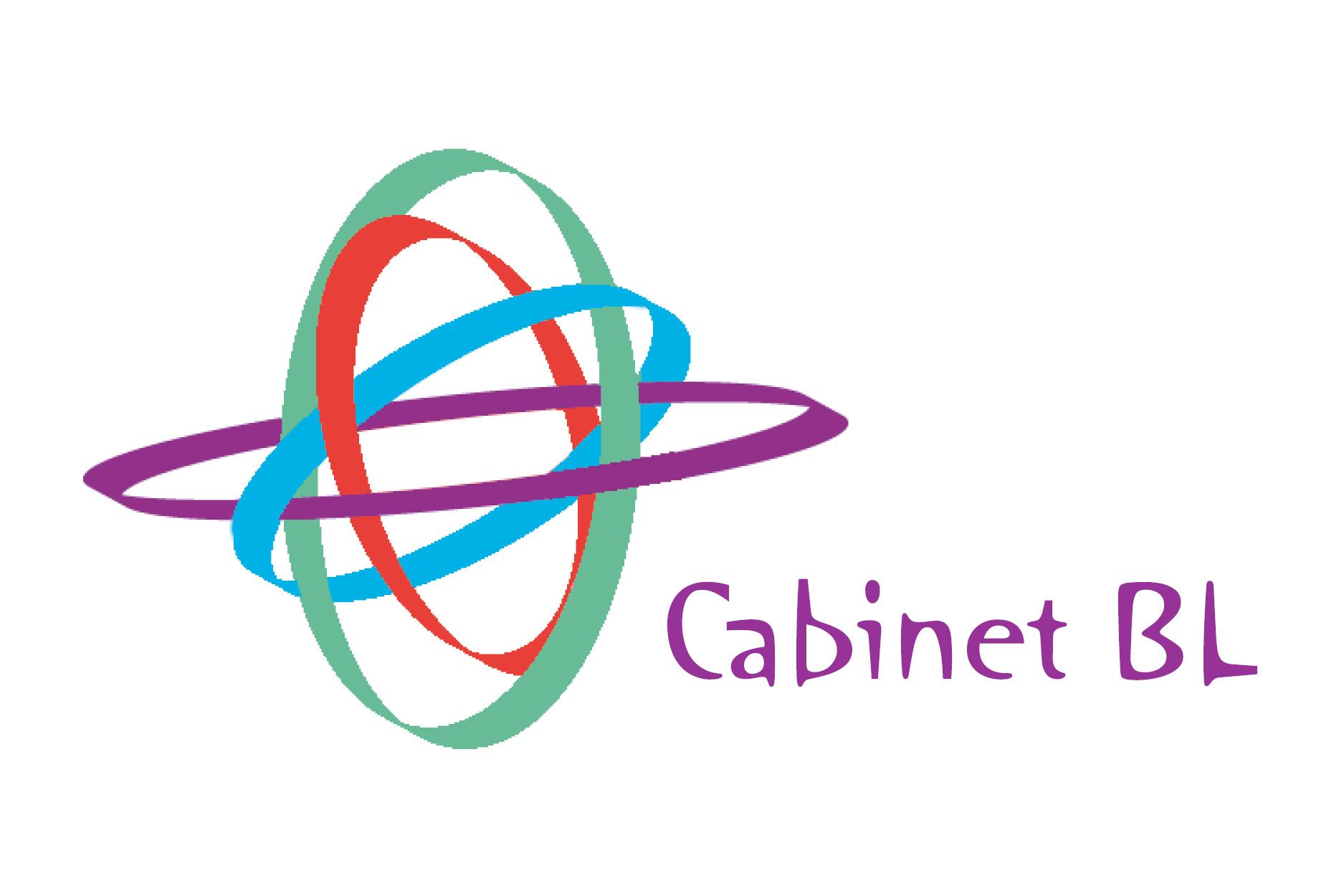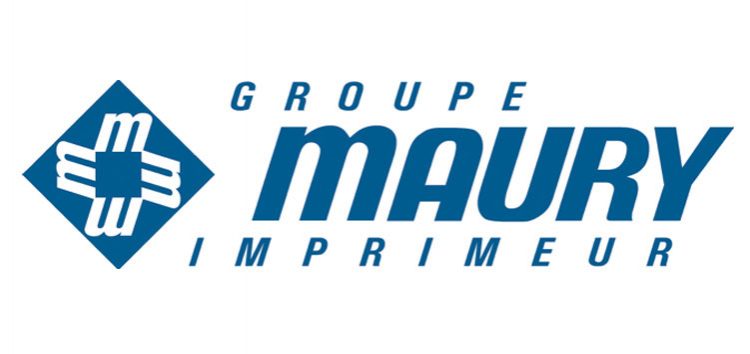Value creation in the metaverse
The metaverse is still being defined, both literally and figuratively. Yet its potential to unleash the next wave of digital disruption seems increasingly clear, with real-life benefits already emerging for early adopting users and companies. As we saw in previous shifts in technology such as the emergence of the internet followed by social media, mobile, and cloud, novel strategies can quickly become table stakes. The metaverse has the potential to impact everything from employee engagement to the customer experience, omnichannel sales and marketing, product innovation, and community building. Examining its potential effect should be part of strategy discussions, with leaders accelerating their analysis of how the metaverse could drive a very different world within the next decade. Of course, many questions remain, including how virtual worlds will be balanced with the physical world to ensure the metaverse is built in a responsible manner, how it can be a safe environment for consumers, how closely it will align with the “open” vision of the next iteration of the internet, and whether technology can advance quickly enough to build the metaverse of our imagination. This report examines the metaverse’s building blocks, investment flows, and what is driving them, and how consumer and business behavior is evolving, its potential economic impact, and actions leaders should consider to capture value.
—There continue to be questions around the longevity and potential of the metaverse, with an extreme view regarding it as merely a rebranded gaming platform of little wider interest. We do not share that skepticism and believe the metaverse has the potential to be the next iteration of the internet. It may seamlessly combine our digital and physical lives by featuring a sense of immersion, real-time interactivity, user agency, interoperability across platforms and devices, the ability for thousands of people to interact simultaneously, and use cases spanning activities well beyond gaming. But the pace of its development will depend on multiple technological and user-experience factors, and is not limited to one platform, device, or even technology.
—The metaverse’s technology stack has four core building blocks: content and experiences, platforms (such as game engines), infrastructure and hardware (including devices and networks), and enablers (such as payment mechanisms and security). Ten layers span these components, providing the critical building blocks on which all metaverse experiences are based. One primary question about the future evolution of the metaverse is the extent to which the interoperability of these elements can be advanced.
—Large technology companies, venture capital (VC), private equity (PE), start-ups, and established brands are seeking to capitalize on the metaverse opportunity. Corporations, VC, and PE have already invested more than $120 billion in the metaverse in the first five months of 2022, more than double the $57 billion invested in all of 2021, a large part of it is driven by Microsoft’s planned acquisition of Activision for $69 billion. Large technology companies are the biggest investors—and to a much greater extent than they were for artificial intelligence (AI) at a similar stage in its evolution, for example. Industries currently leading metaverse adoption also plan to dedicate a significant share of their digital investment budgets to it.
—Multiple factors are driving this investor enthusiasm, including ongoing technological advances across the infrastructure required to run the metaverse; demographic tailwinds; increasingly consumer-led brand marketing and engagement; and increasing marketplace readiness as users explore today’s early version of the metaverse largely driven by gaming (with some games boasting tens of millions of active players) with applications emerging that span socializing, fitness, commerce, virtual learning, and others.
—Our survey of more than 3,400 consumers and executives found significant excitement about the potential of the metaverse. Almost 60 percent of consumers using today’s early version of the metaverse are excited about transitioning everyday activities to it, with connectivity among people the biggest driver, followed by the potential to explore digital worlds. Some 95 percent of business leaders expect the metaverse to have a positive impact on their industry within five to ten years, and 61 percent expect it to moderately change the way their industry operates. Industries most likely to be impacted by the metaverse include consumer and retail, media and telecommunications, and healthcare, and those industries are also among those already undertaking metaverse initiatives.
—While estimates of the potential economic value of the metaverse vary widely, our bottom-up view of consumer and enterprise use cases suggests it may generate up to $5 trillion in impact by 2030—equivalent to the size of the world’s third-largest economy today, Japan. It is shaping up to be the biggest new growth opportunity for several industries in the coming decade, given its potential to enable new business models, products, and services, and act as an engagement channel for both business-to-consumer and business-to-business purposes.
—The potential impact of the metaverse varies by industry, although we believe it holds implications for all. For instance, we estimate it may have a market impact of between $2 trillion and $2.6 trillion on e-commerce by 2030, depending on whether a base or upside case is realized. Similarly, we estimate it to have an impact of $180 billion to $270 billion on the academic virtual learning market, a $144 billion to $206 billion impact on the advertising market, and a $108 billion to $125 billion impact on the gaming market. These effects may manifest in very different ways across the value chain, however.
—Companies already leveraging the metaverse may build lasting competitive advantages. Business leaders should develop a strategic stance by defining metaverse goals and the role they want to play; testing, learning, and adopting by launching initial activities, monitoring results, and examining user behavior; and preparing to scale by identifying necessary capabilities and embedding the metaverse in their operating model. They should also explore becoming metaverse users themselves.
—The metaverse also poses urgent challenges that cut across firms, their employees, independent developers and content creators, governments, and, of course, consumers. Part of the workforce will need to be reskilled to take advantage of it rather than compete with it, and cities and countries serious about establishing themselves as hubs for its development will need to join the global competition to attract talent and investment. The metaverse also has obvious societal implications. A variety of stakeholders will need to define a road map toward an ethical, safe, and inclusive metaverse experience. Guidelines may also be necessary around issues including data privacy, security, ethics and regulatory compliance, physical health and safety, sustainability, and equity and fairness.
Télécharger : le rapport McKinsey (77 pages)










































